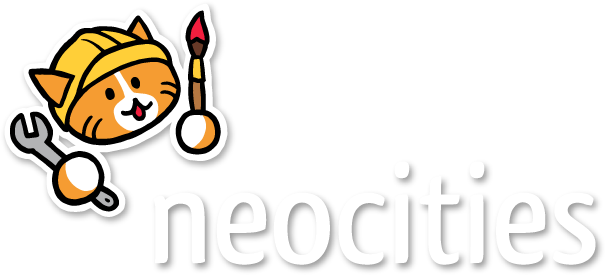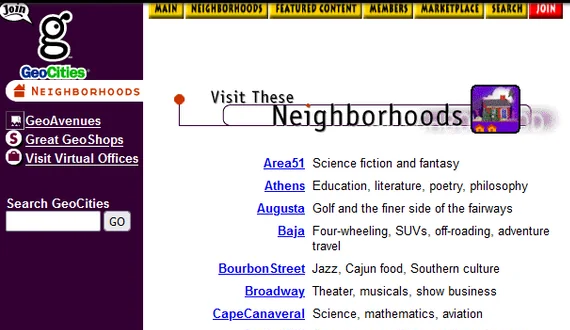Why create digital humus?
In short: To be creative, share, learn and have fun with programming and, more importantly, Nature.
Isn't humus a delicious dish?
Almost.
Hummus (with two m's) is a very tasy dip which originated in the Middle East. Its main ingredients are chickpeas, lemon juice, olive oil, tahini and garlic. Other ways of spelling hummus are houmous or hoummos.
On the other hand, humus (with only one m) is the organic and nutrient-rich part of the soil. While it doesn't taste as good as hummus it does have an amazing smell. I call it the smell of life itself. If you've never smelled it, next time you're in the forest, grab some moist humus, ideally bellow fallen leaves, and smell it.
Why neocities?

You're reading a text written by someone who's old enough to have experimented with HTML for the first time in geocities and who's proud to be one of the lucky people who actually had a website there. A website I invested endless hours into, just for fun, to learn and help out. I'm talking about the late 90's here.
If you're browsing through neocities and found this website chances are you already know what geocities was. But if you don't, in a nutshell, it was a web hosting service where users could create and manage their own personal websites for free.

Its most distinctive feature was probably its website structure. Websites were created and arranged within so-called „neighbourhoods“ more or less according to their topic. For example there was a neighbourhood called Athens for education, poetry, philosophy and literature; Silicon Valley for computing and programming; Hollywood for movies and TV; The RainForest for environment, conservation, recycling and similar topics (I guess this site would have been located there); and many more.
In addition to giving geocities its famous structure, these neighbourhoods gave us „homesteaders“ (that's how geocities called us) a feeling of being part of a community. The website address included the neighbourhood name and a number in a similar way how we define our home address. I remember checking every now and then what my „neighbours“ were up to and sometimes even having e-mail exchanges with them or catching up in the quite simple chatrooms geocities offered.
geocities was eventually bought by Yahoo, which finally decided to murder it in 2009, leaving all homesteaders with empty hands and disappointed. To this date, and as a kind of a morbid joke, if you try to go to www.geocities.com your browser will forward you to the Yahoo main page.
Many years have passed since the end of geocities. During this time I've created a few basic websites for different purposes with different hosts but none was as much fun and pushing my creativity like the one in geocities. That old website was built ground up, just typing HTML directly, with basic graphic design tools for image design, an FTP client software package for uploading files and nothing else. It was simple, but it was my creation and to my own satisfaction.
Every now and then, probably out of nostalgia, I would go to web.archive.org or the Geocities Gallery restoration project and search through the (digital) archeological remains of geocities and its good old homesteaders. Until one day not long ago, by pure chance, I learned about Neocities.
Now, after making myself more aquainted with it, I've explored a few of the websites it hosts. It has succesfully recreated a place void of advertising where creativity and simplicity can thrive in a similar spirit as in geocities. This was the main motivation to join Neocities.
However, this website is not created out of nostalgia but something deeper, with more context. As net artist Olia Lialina suggests in her great text titled "From My to Me" creating a personal website shouldn't be done due to nostalgia but as a statement for freedom and creativity:
"Don't see making your own web page as a nostalgia, don't participate in creating the netstalgia trend. What you make is a statement, an act of emancipation. You make it to continue a 25-year-old tradition of liberation." - Olia Lialina
Why not just post on social media?
I've tried also mainstream commercial social media, of course. With time, I've watched it degenerate into a limited number of fighting arenas offering endless disoriented discussions in which no party is willing to concede to the other one. A place where people insult, mock and annoy each other instead of looking for ways to better understand each other. A place where ideology, commercial interests, nationalistic and political blindness drown any possibility for constructive exchange. A place where misinformation and manipulation aren't a scandalous problem but a tolerated part of a concept. A place where fascism, hate, toxic masculinity and authoritarism together with technological oligarchy thrive and grow. A place where the loudest, not the wisest, arguments prevail.
Social media should mimic and complement normal, healthy, face-to-face social interactions in a virtual form. Commmercial social media, instead, replaces these interactions with their own bizarro and horrifying versions. The consequence: Social coherence, unity, diversity and cooperation are brutally trampled down in the race for more profit.
For all these reasons I'm convinced that social media isn't „social“ if it's run by corporations or oligarchs.
To be fair I've also met amazing people and read deeply moving, inspiring and enriching posts in commercial social media . Nevertheless, it seems increasingly difficult to find them in the noise chambers built by corporations.
Searching for other options I've found that community-owned, ad-free, decentralised social networks like the Fediverse provide a wonderful and truly social alternative to commercial mainstream services.
Nevertheless it's always good to explore even more ways to communicate with each other and express ourselves in a creative way, to create and share. This site, for me, is one of them.
Site log
You can find the site log here.